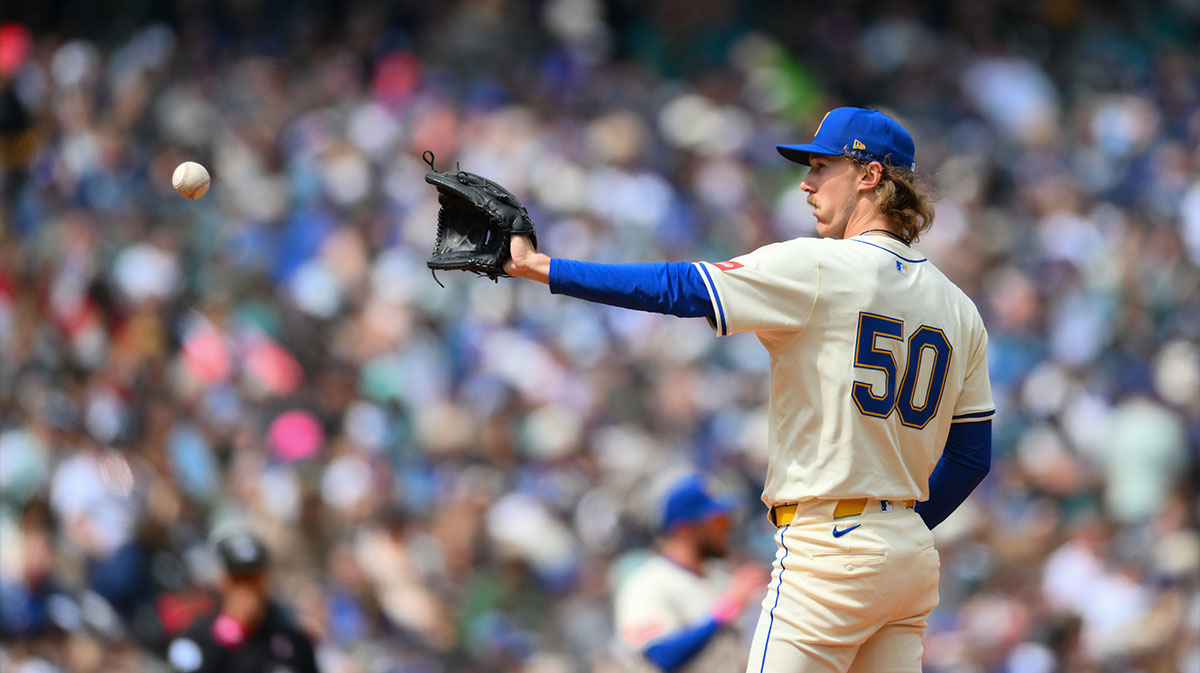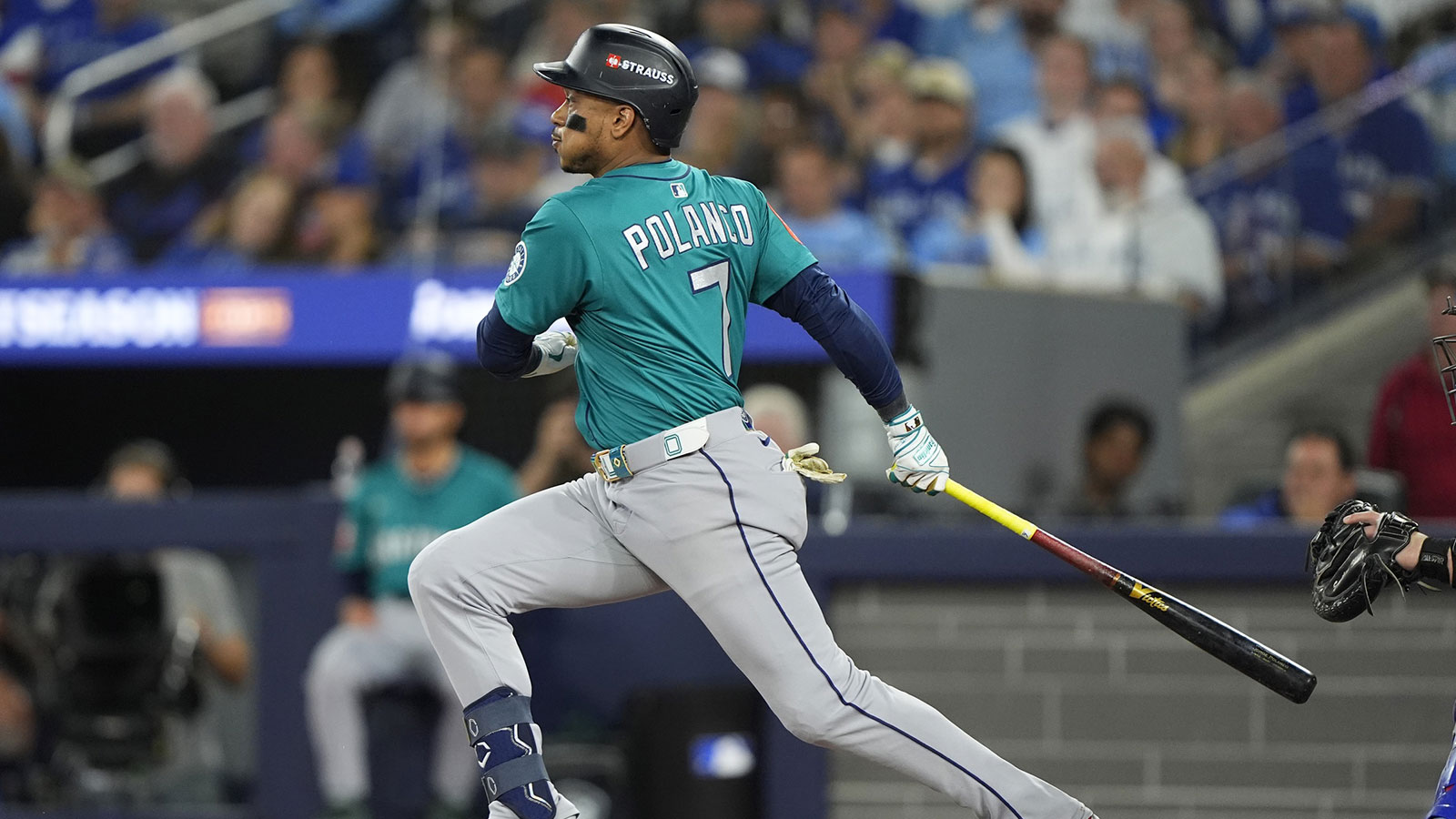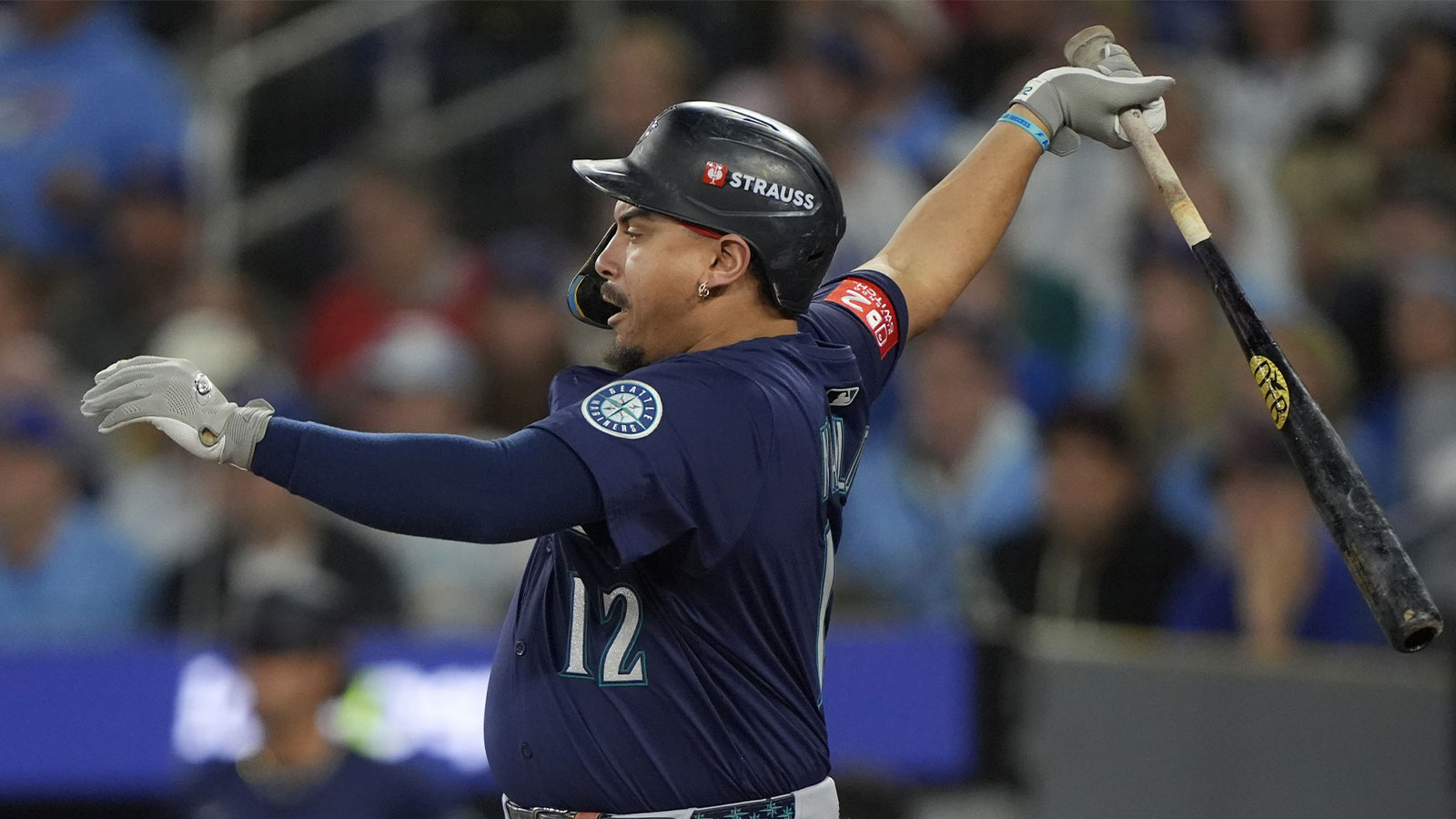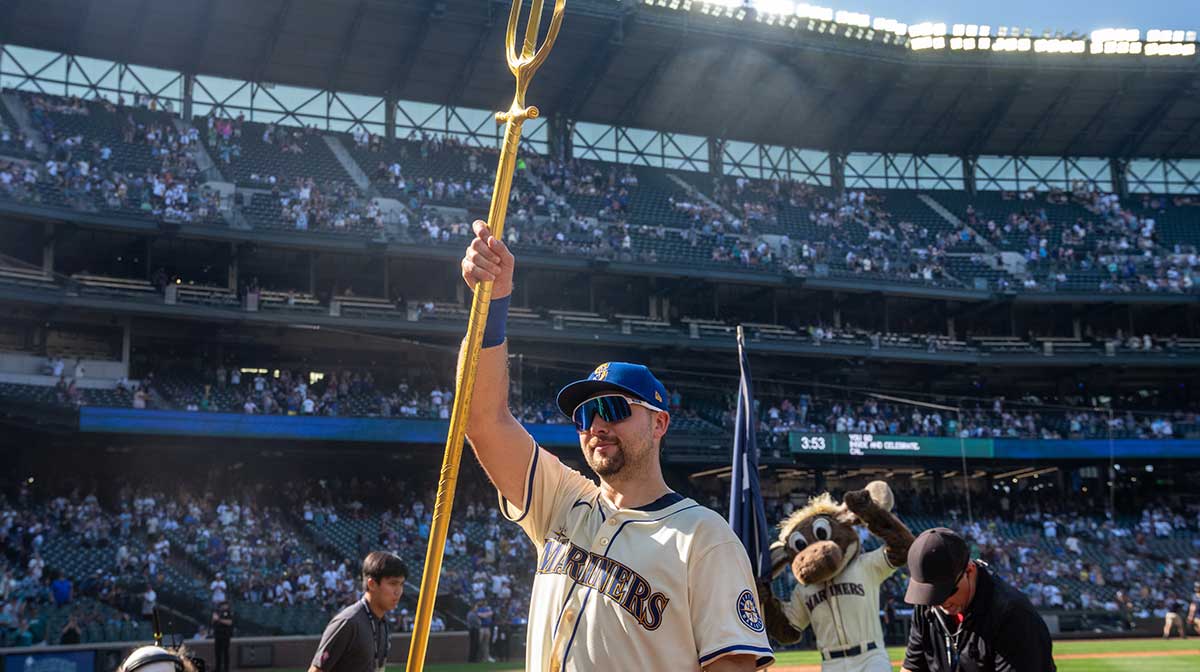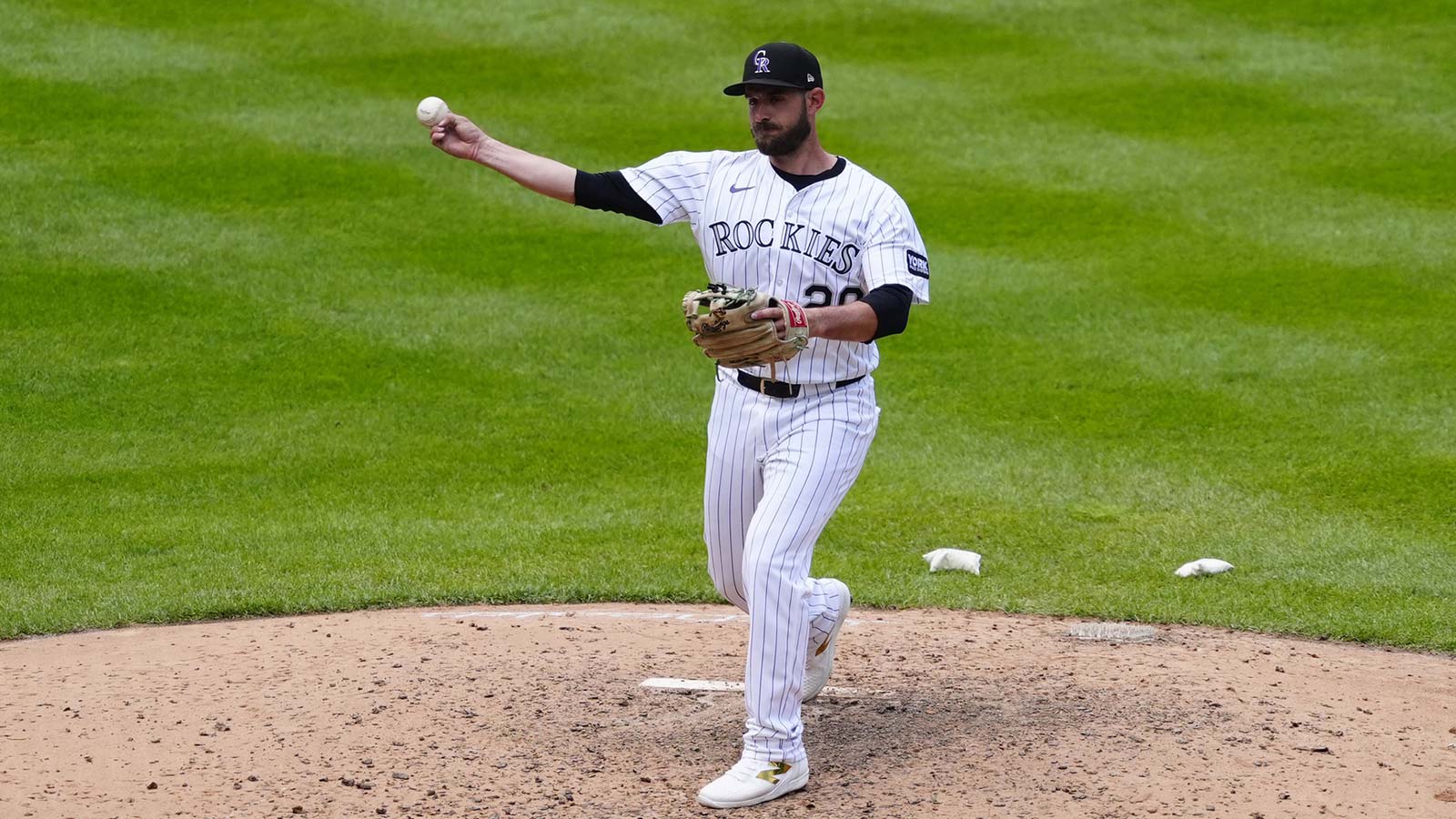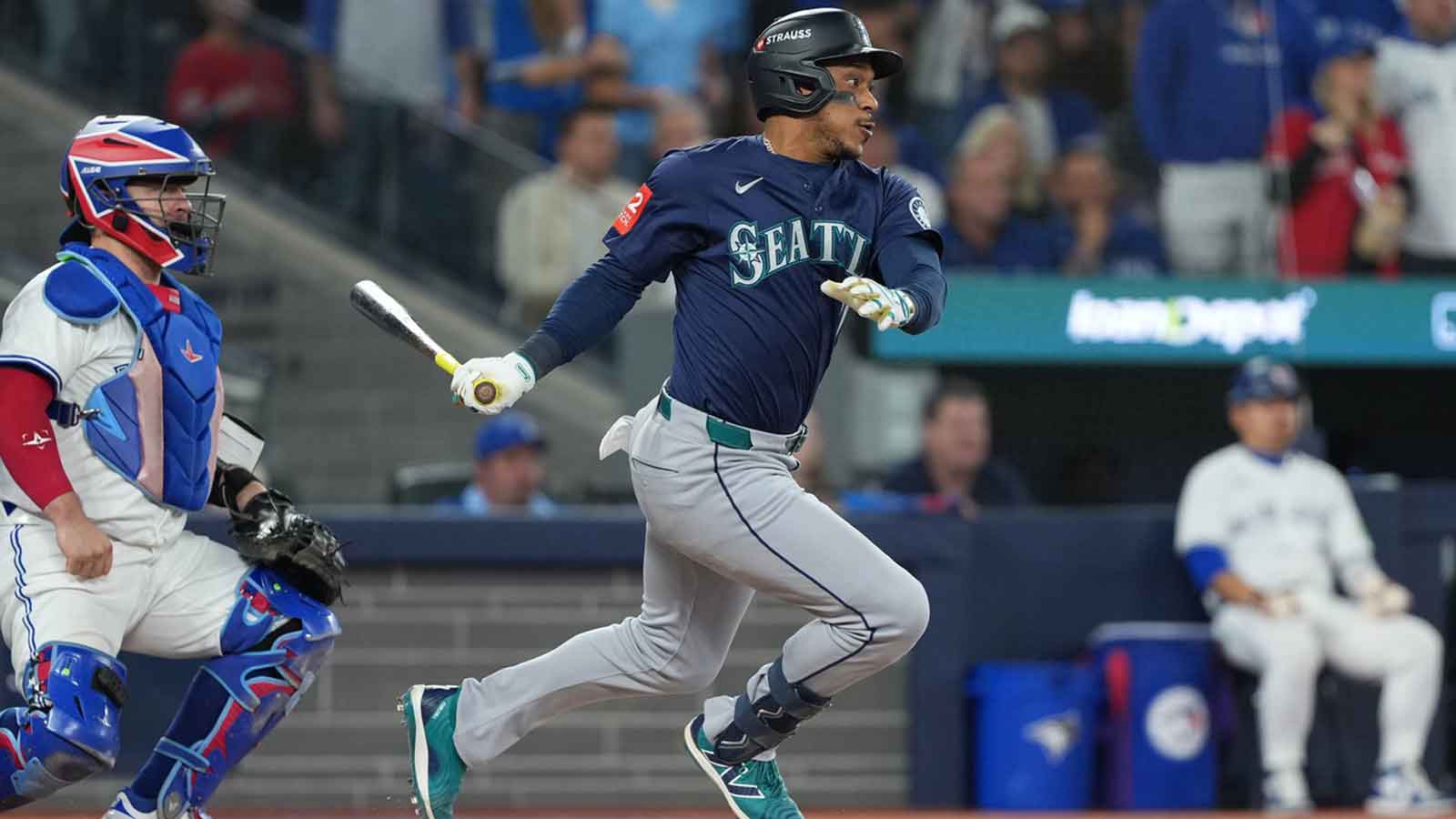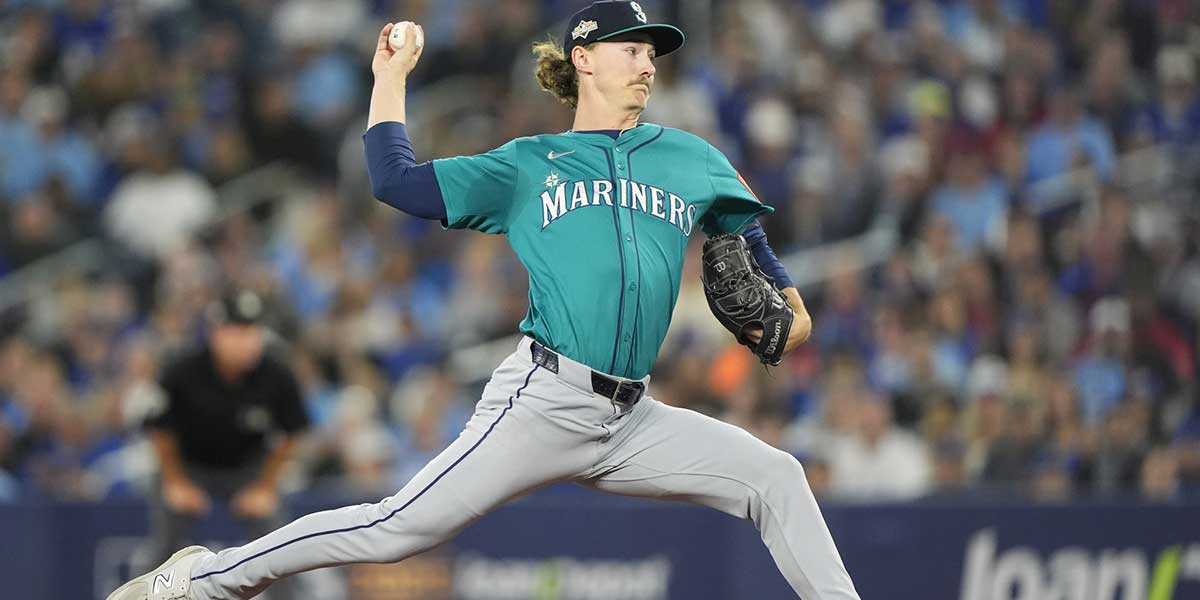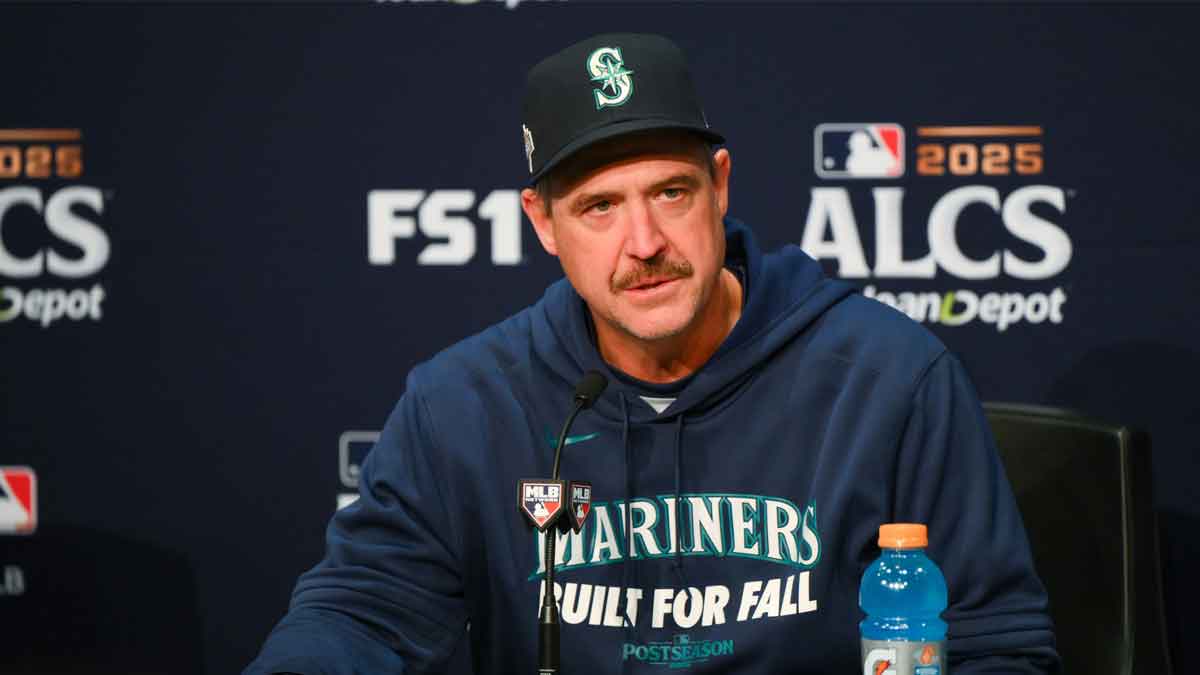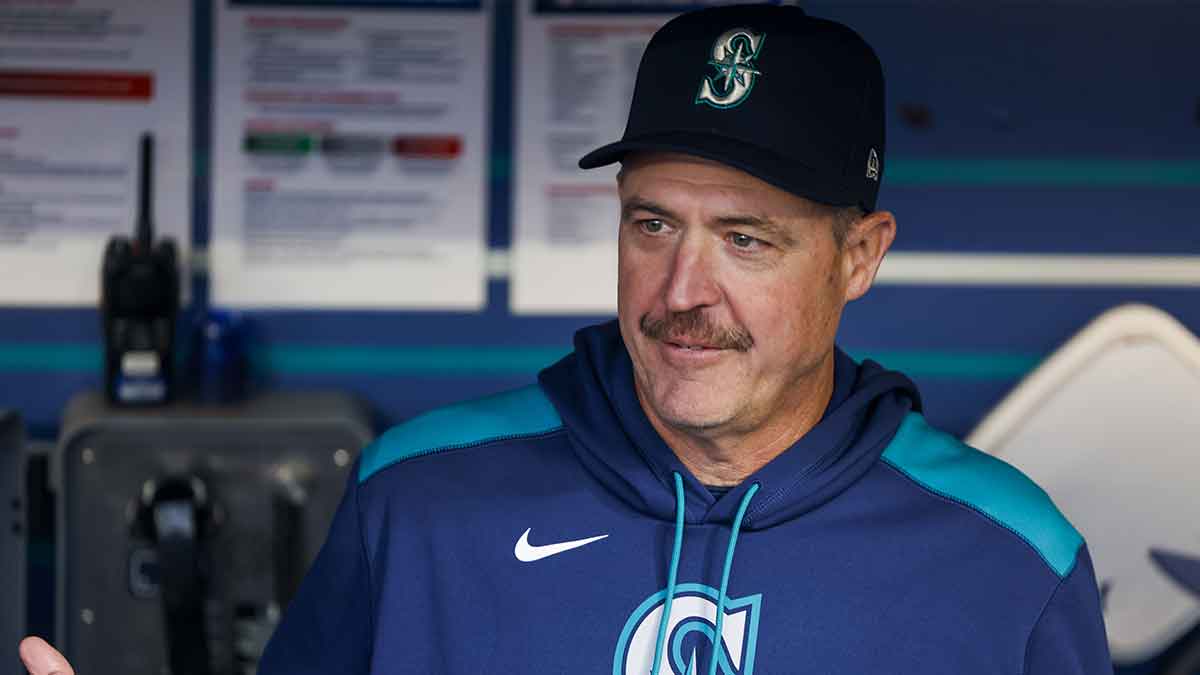On Sunday, the Seattle Mariners will face the Toronto Blue Jays in Game 1 of the ALCS. They are just coming off a thrilling ALDS victory over the Detroit Tigers.
For Game 1, the Mariners have chosen right-hander Bryce Miller to be on the mound, per Daniel Kramer of MLB.com. This was shortly after it was announced that Bryan Woo would be placed on the ALCS roster, but wouldn't be available for Game 1.
This is because Woo was left off the ALDS roster due to battling a pectoral inflammation injury on Sept. 19. Miller finished the season with a record of 4-6, an ERA of 5.68, and 74 strikeouts. He currently has an overall regular-season record of 24-21 and has not pitched in the postseason.
Meanwhile, the Mariners are looking to reach their first World Series in franchise history. The last time they played in the ALCS was in 2001. That year, they made MLB history by winning 116 regular-season games, the most of any team ever.
That year, Lou Piniella was the manager and Ichiro was in his rookie season. Ultimately, they were defeated by the New York Yankees in five games.
Against the Blue Jays, the Mariners have lost 4 out of 6 games this year.
The Mariners recaptured a celebrated history
The Mariners' success in reaching the ALCS comes exactly 30 years after baseball was saved in Seattle. In 1995, the Mariners were playing in the famed Kingdome in Seattle, but the facility was in a state of decay.
A vote to fund a new stadium had failed before October. Therefore, it was up to the Mariners to win and save the franchise. They came back from a 13.5 games to win the AL West in a one-game playoff over the then California Angels.
Then, they came back from a 2-0 deficit to defeat the New York Yankees in the ALDS. In the decisive Game 5, Edgar Martinez hit the game winning double to bring home Ken Griffey Jr in a moment that still has significance in Seattle.
Afterward, they would lose to the then Cleveland Indians in the ALCS. However, the job was done after a new public funding package for a new stadium was approved, leading to what is now known as T-Mobile Field.

